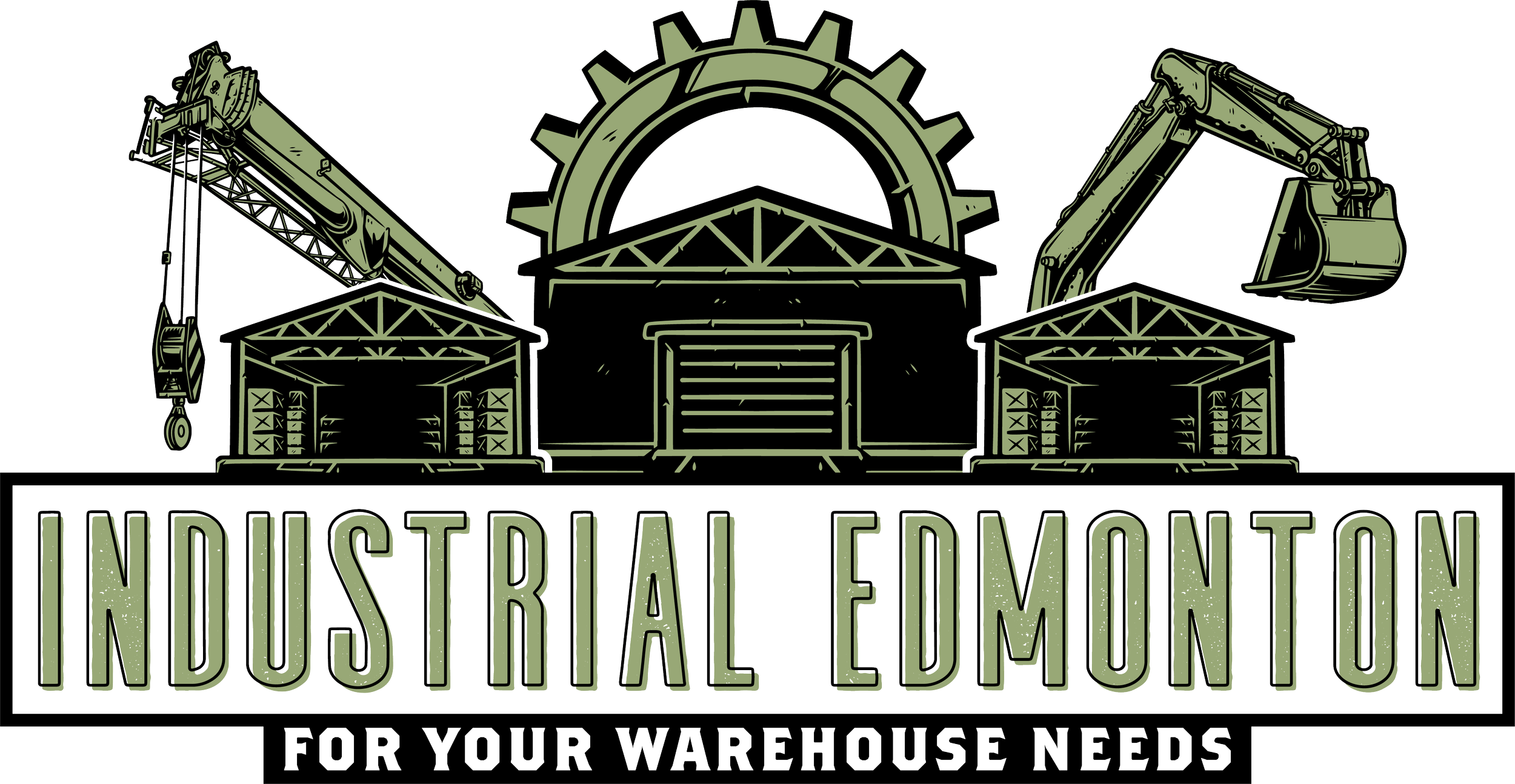Changing the refining game in Alberta - what you need to know
The question facing energy companies today is where best to invest their capital to get their product to market. Should they be investing to build upgraders and refineries here in Alberta to convert bitumen into diesel and gas products locally, or should they continue investing in pipelines to ship heavy product to other markets like Texas where these refineries already exist?
Admittedly, I did not know enough about our NWR Sturgeon Refinery project and decided to do some digging.
Key Takeaways - BIG THINGS HAPPENING IN THE EDMONTON INDUSTRIAL HEARTLAND:
- Pipelines have stalled which has created frustration in the market and inability to get product out of Alberta; existing pipelines at capacity.
- Bitumen (high-conversion) refineries are very expensive to build here, but with inability to get product out via pipelines, they may be the next best alternative.
- Bitumen processing is inherently high in carbon dioxide; Sturgeon Refinery will be the first bitumen refinery designed and built with an integrated carbon-capture-and-storage system.
- Impending changes in the International Maritime Organization (IMO) regulations will require that tankers switch from burning high sulfur oil to low sulfer oil, which is a product of the Sturgeon Refinery.
NWR STURGEON REFINERY, ALBERTA
The NWR Sturgeon Refinery located north of Edmonton is a three-phase project owned and operated by the North West Redwater Partnership that will convert diluted bitumen from the Alberta oil sands into ultra low sulphur diesel fuel, as well as other valuable products. This will be the first new refinery built in Canada in 30 years, the first refinery built with a carbon capture and storage system, and will be constructed as a high-conversion refinery to remove the necessity of intermediary processing for our heavy oil sand bitumen. It will also be one of the most expensive refineries to be built in the world on a per barrel basis.
While this high-conversion Sturgeon Refinery does come with a hefty pricetag, we are in a dire situation where there is an inability to get new pipelines built in our country, and so are unable to transfer our bitumen to other existing high-conversion refineries that were built much cheaper. A high-conversion refinery differs from a simple refinery in that it can process heavier feedstock with higher concentrations of sulphur and nitrogen, such as the bitumen sourced from Alberta's oil sand, but this comes at a cost. The Sturgeon Refinery, originally budgeted at $5.7 Billion in 2013, has now increased in price to $9.5 Billion. For all the cost though, the first standout feature is that this unique type of refinery allows our province to be self sufficient and produce a finished product that does not need any intermediary processing, salable at a much higher value. To understand the value of this, in mid-February (2018), Edmonton diesel averaged $144/barrel (CDN), while bitumen (WCS) averaged $26/barrel (CDN), so there's no better time for a facility like this, especially since the existing mediums of transportation are full. There currently sits a huge reservoir of about 1.7 trillion barrels of bitumen in the Alberta oil sands, however, there currently exists only 5 million barrels per day of processing capacity for this type of bitumen refining. The NWR Sturgeon Refinery is planned to process 50,000 barrels per day in the first phase, to be increased to 100,000 bpd and 150,000 bpd in phases 2 and 3.
The second standout feature of this refinery is the integration of a carbon-capture-and-storage (CCS) system via the Alberta Carbon Trunk Line (ACTL). The processing of bitumen is extremely carbon dioxide heavy, about 20% higher than the refining of average light crude slate. The Sturgeon Refinery will have the first CCS system that will capture the CO2 produced, and divert it via the ACTL to be reused at existing oil fields across Alberta for enhanced oil recovery. If managed correctly, this will make this facility 7% better than the rest at managing carbon dioxide through the refining of high sulphur oil into lighter diesels. Below is an excellent informational video on the Alberta Carbon Trunk Line and how it assists in further extraction of oil from older oil fields.
The Alberta Carbon Trunk Line (ACTL) is the world's largest carbon capture and storage project. Pioneered in Alberta, Canada by Enhance Energy Inc., the ACTL is the first large-scale Enhanced Oil Recovery (EOR) and storage project to actively work towards reducing environmental impacts while enriching the local economy.
The third factor that bodes well for the NWR Sturgeon Refinery's success is the impending changes to the International Maritime Organization (IMO) regulations that control how big ships floating in the ocean are allowed to burn fuel. Currently, these big ships burn about 3.9 million barrels per day of high sulphur oil which will no longer be allowed. They will be required to use lighter fuels, like the light sulpher diesel produced at the Sturgeon Refinery. Those 3.9 million barrels being burned in this capacity will need to be refined, and since there is currently no more capacity to refine this type of heavy feedstock (only 5 million bpd capacity exists), our bitumen from the oil sands is going to have to compete for this space, and refineries that process heavy oil are going to be in high demand. If we get our act together here in Alberta, we can help service and provide for these big ships and this quickly approaching new demand.
We are in a tumultuous time in Canada where inter-provincial fighting and soft federal governance has inhibited the ability to get Alberta's oil and gas products to market via pipelines. When we can't access the market and pipelines are continually being rejected, it's time to plan for the future, take the matter into our own hands and process our bitumen within the province of Alberta.
SOURCE: Financial Post video interviewing Ian MacGregor, CEO of North West Refining
Fuelled: Alberta's Sturgeon Refinery open for business



